Mining
Type of resources
Topics
Keywords
Contact for the resource
Provided by
Years
Formats
Representation types
Update frequencies
Scale
-
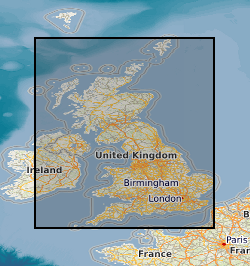
The data shows the extent of mining within Great Britain it was captured in 1990 by OVE ARUP on behalf of the Department of Environment as a series of paper maps and no updates have been carried out. The data has been converted to a digital format (ESRI shape file) by BGS in 1995. The original scale of the data was 1km square. The dataset has limited attribution indicating type i.e. metalliferous, rock, coal, deneholes (chalk), evaporites or ironstone, and whether definitive evidence was found. Although every effort has been made to attribute the digital data to the original maps some inconstancies may have arisen due to data conversion process.
-
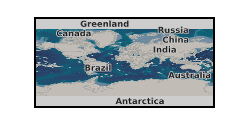
Old card index of quarries in England, Wales and Scotland dating mostly from 1939 to 1963: about 7000 cards, each referring to one quarry. England & Wales cards are arranged by BGS 1-inch (now 50k scale) geological sheet, Scottish cards by county. At best, cards indicate county, geol-sheet, rock type, name, grid reference, locality, owner, date of record and cross references to BGS samples.
-
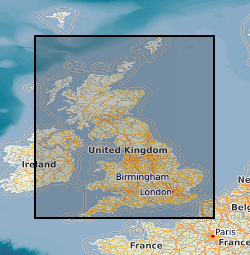
Underground extraction of minerals and rocks has taken place in Great Britain for more than 5000 years. The dataset draws together a range of diverse information; the geology, the primary constraint on distribution; additional information sourced from published literature and knowledge from BGS experts. Areas of known underground mining are identified with an indication of the level of hazard associated for each site. The presence of former underground workings, particularly where shallow, may collapse, causing surface settlement or subsidence. The type of material mined, age and extent of working (where known) is used to assess and classify the hazard at each site. The value is based on an A (mining is not known to have occurred) to E (evidence of extensive underground mining is known) scale. Mining Hazard (not including coal) covers areas of known underground working in Great Britain. The coverage is not comprehensive as areas with no evidence of underground working are not included in the data. The dataset was created to provide a comprehensive overview of Great Britain's long and complicated mining legacy. It provides essential information for planners and developers working in areas where former underground mine workings may have occurred. Also for anyone involved in the ownership or management of property, including developers, householders and local government.
-
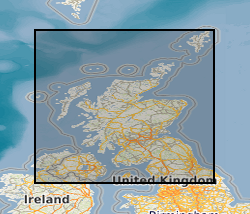
The collection consists of borehole drill logs, site plans, borehole location plans, geological plans and completion plans for opencast coal sites in Scotland and Northern England. It includes records deposited by the Directorate of Opencast Coal Production (DOCP) and its successors, National Coal Board (NCB), British Coal and numerous private and licensed opencast mine. The NCB Scottish Area records are arranged by the NCB opencast site number. Many records of cored 'diamond' boreholes are held in the BGS Scottish Borehole Journal records. Northern England opencast records are mainly held with the ex-Newcastle Borehole Records. Copies of completion plans for Scotland are also held in the Coal Mine Abandonment Plan collection available on microfilm aperture cards. Opencast sites are indexed in the Land Survey Record Index (LSRI) database. The cored 'diamond' boreholes are indexed on Single Onshore Borehole Index (SOBI).
-
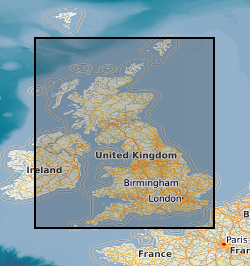
The dataset indicates the potential for hazard in Great Britain as a result of mineral extraction. It excludes areas of Coal mining as these are covered by the Coal Authority. It is based on a simple A-E rating scale indicating the increasing likelihood of an underground mining hazard. The data was created using expert knowledge, detailed literature searches, local knowledge and a series of rule based geological constraints applied to the DigMapGB50k (Digital Geological Map of Great Britain) data.
-
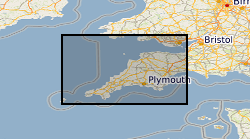
Detailed mining information for mining in Devon and Cornwall gathered by George Dines (former BGS Geologist) for a period around 1921. Maps, plans and accompanying notes and documents provide detailed information on the metal mining ( mainly tin,copper,lead) at that time. A synthesis of this information was published in "The metalliferous mining region of south-west England" 3rd impression 1988.
-
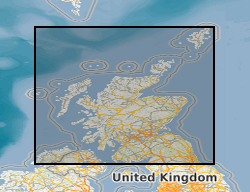
The collection includes colour microfilm aperture card copies of 7,170 plans of mine workings for coal and oil shale dating from 1872 onwards deposited on abandonment of a mine in compliance with the Coal Mines Regulation Act. An additional c.5,000 coal 'working' plans, mostly pre-dating 1872, formerly belonging to British Coal, have been added to the abandonment plan collection. The latter are held as black & white microfilm aperture cards. The collection includes plans of workings for other minerals, notably ironstone, where worked with coal. The microfilms are held on behalf of the Coal Authority who hold the original plans on behalf of the Health & Safety Executive (HSE). Original plans are held by the Coal Authority, Mansfield. No complete digital index held by BGS. An up to date finding aid is provided by the Coal Authority's paper 'Catalogue of Plans of Abandoned Mines'. The collection is believed to be fairly complete for mines abandoned since the 1872 Act. Plans were added from the British Coal plan collections to fill gaps in holdings, particularly for mines abandoned prior to 1872. Relates to coalfield areas of Central Scotland.
-
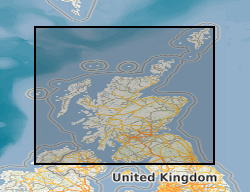
The Land Survey Plans collection of c.1,520 plans consists largely of mine plans acquired by the Survey, including 492 non-coal mine plans deposited by the National Coal Board 1984-87, and copies of mine plans derived from various sources including '6-inch reductions'. The collection also contains about 500 miscellaneous plans extracted from other Land Survey records in order to benefit from specialised systems of archival storage. The Survey's collection of Northern England mine plans are being added to the LSP collection. The collection supplements the Plans Of Abandoned Mines (Other than Coal & Oil Shale) in Scotland (NONCOALPLANSCO) providing an index to plans other than coal and oil shale for Scotland. Indexed on BGS Plans Database Index. Coal Authority hold some non-coal plans for Scotland. All non-confidential data held by NGRC(N) is available to users. Mainly coalfield areas of Central Scotland.
-
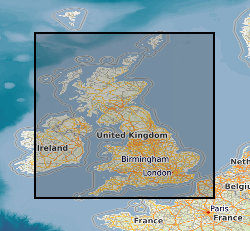
The 1km Hex Mining Hazard (Not Including Coal) v7 dataset shows areas of known underground mining (Not Including Coal), identified with an indication of the level of hazard associated for each site. The presence of former underground workings, particularly where shallow, may collapse and cause surface settlement which is used to identify potential hazard at each site. The rating is based on a Low (limited mining known to have occurred) to High (underground mining is known to have occurred) scale. The dataset covers areas of known underground working in Great Britain. The coverage is not comprehensive as areas with no evidence of underground working are unclassified. Underground extraction of minerals and rocks has taken place in Great Britain for more than 5000 years. This dataset draws together a range of diverse information; the geology, the primary constraint on distribution; additional information sourced from published literature and knowledge from BGS experts. Derived from the original MiningHazardNotIncludingCoalGB_v7 dataset, this layer generalises these data into a Hex grid format, with an effective hexagonal grid resolution of 2.6km coverage area (side length of 1km). The dataset was created to provide a comprehensive overview of Great Britain's long and complicated mining legacy. It provides essential information for planners and developers working in areas where former underground mine workings may have occurred. Also for anyone involved in the ownership or management of property, including developers, householders and local government.
-
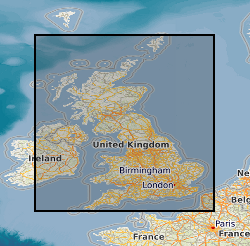
Mining hazard (not including coal) summarises the location, extent and indicates the level of hazard associated with former and present underground mine workings. The dataset covers Great Britain and is published at 1: 50 000 scale. The content is derived from a range of data sources including, but not limited to the bedrock geology, extensive literature reviews of both published and unpublished documents, abandonment and mine plans, combined with a wealth of expert knowledge and experience. The release of version 8 builds on the content of previously published versions. The coverage has been expanded with the inclusion of newly identified areas and drawing on data from the BGS published Britpits (BGS database of British Pits -includes both surface and underground mineral workings) and other resources. For the first time, zones of influence have been integrated (for evaporites, oil shales and building stones) to indicate the areas surrounding mining sites which might be impacted. The data have been compiled and presented in an easy to use format to provide a national overview of the country's mining legacy. Given the long and complex mining history of Great Britain, this dataset represents the best information available at the present time (September 2020). Work continues to develop this product, which will result in the release of ad hoc updates in the future.
 NERC Data Catalogue Service
NERC Data Catalogue Service